Along with the globalization process, pho has risen to become a prominent symbol of Vietnamese cuisine.
 |
| National Assembly Deputy Bui Hoai Son said that Vietnamese Pho is not only a dish but also a part of cultural heritage. (Source: Quochoi) |
From the cultural value of pho
The Ministry of Culture, Sports and Tourism has just listed Nam Dinh pho folk knowledge and Hanoi pho folk knowledge as national intangible cultural heritage. This is the next effort in registering culinary arts to promote this unique cultural heritage not only in Vietnam but also around the world.
Pho, with its origins in folk knowledge, is not only a dish but also a part of Vietnam's cultural heritage, conquering diners worldwide. The success of Pho in the international arena comes not only from its unique flavor but also from the way this dish perfectly combines cultural and historical elements. The registration of Hanoi Pho and Nam Dinh Pho in folk knowledge helps this dish shine on the global culinary map and promote Vietnamese culture to the world.
In Vietnam, Pho is a very popular dish. Each region has its own way of preparing it, creating a brand. Pho is not just a dish but also a typical symbol of Vietnamese cuisine. The development of Pho globally highlights the cultural value of the dish, at the same time creating an opportunity for the world to better understand the identity of Vietnamese cuisine.
Registering pho as part of the cultural heritage not only affirms the position of this dish in the national cuisine but also brings it to a new level on the international culinary map. Moreover, registering pho also has a positive impact on the development of tourism and promoting the country's image. When pho is recognized, it attracts the attention of domestic and foreign tourists, opening up opportunities for organizing culinary events and festivals, thereby promoting not only the dish but also the culture and image of the country. These events not only increase the number of tourists but also promote local economic development through the food service and tourism industry.
International experience
Around the world, many countries have had experience in registering intangible cultural heritage for culinary arts, in order to preserve and promote their traditional cultural values. Japan has successfully registered Washoku, their traditional culinary arts, on the UNESCO Intangible Cultural Heritage list in 2013. Washoku is recognized for its importance in maintaining a balanced and sustainable lifestyle, harmony with nature and social values, especially during holidays and festivals. This registration has promoted awareness and preservation of traditional cooking techniques.
Meanwhile, the Gastronomic meal of the French was recognized by UNESCO in 2010. This meal is not just a menu but an art of living, including the preparation, presentation and enjoyment of the dish. France has used this title to promote tourism and protect its unique culinary traditions.
In 2010, the traditional cuisine of the Mayan and Zapotec peoples of Mexico was inscribed by UNESCO as an Intangible Cultural Heritage. This recognition highlights the role of food in the culture, social life and rituals of indigenous communities. Mexico has used this designation to promote culinary culture and tourism, while preserving traditional recipes and ingredients.
Kimchi - a traditional Korean dish was registered as an Intangible Cultural Heritage in 2013. Kimchi is considered a symbol of patience and harmony with nature. After being recognized, Korea has strengthened measures to protect, teach and promote kimchi making culture through educational programs and festivals.
These experiences show that registering intangible cultural heritage for culinary arts not only helps preserve and promote cultural values but also contributes to tourism development, raises community awareness and boosts the local economy.
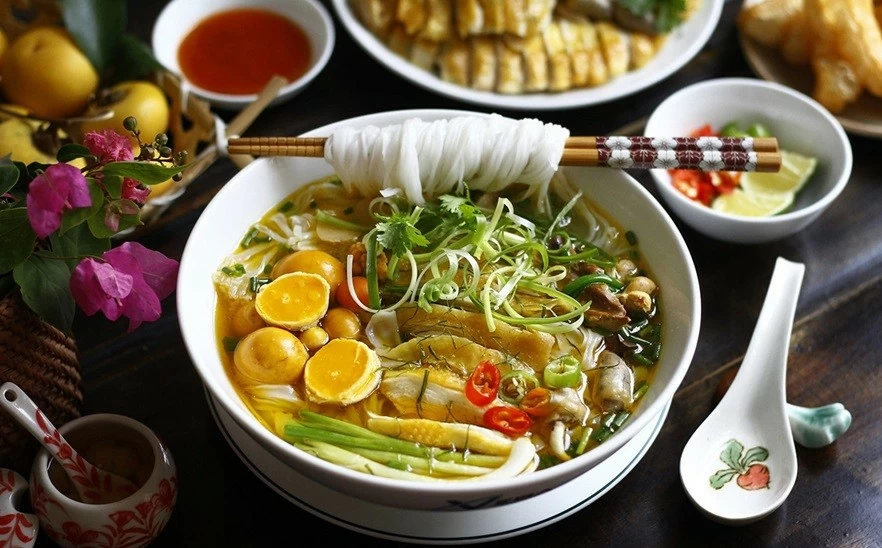 |
| Traditional Hanoi chicken pho does not use cinnamon or star anise, but only onions, grilled ginger and coriander, creating a unique light and refreshing flavor. (Source: VNE) |
Let Vietnamese Pho Shine
We need more concrete actions to honor these heritages, towards higher-level inscription on the UNESCO Intangible Cultural Heritage list in the coming years.
To enhance the value of pho and promote the sustainable development of this cultural heritage, it is necessary to carry out synchronous and strategic actions. Firstly , organizing annual pho festivals in Nam Dinh, Hanoi and other localities is an important step in attracting tourists and promoting the dish.
Second, develop the pho brand internationally. In order for pho to assert its position in the international market, steps need to be taken such as registering for international trademark protection and standardizing recipes to maintain consistent quality. Take advantage of international media such as television, newspapers, and social networks to promote pho.
Third, to enrich pho cuisine, it is necessary to encourage creativity by creating conditions for chefs and culinary researchers to experiment with new forms of pho, while respecting and preserving traditional values.
Fourth, combine pho with culinary tourism. Pho can play an important role in developing tourism by combining this dish with tourist routes in Hanoi and Nam Dinh, thereby building cultural and culinary experience tours. Tourists can visit traditional craft villages, learn how to cook and enjoy pho at famous restaurants.
Fifth, strengthen international cooperation to promote the pho brand through working with international cultural and culinary organizations to introduce pho in global events, exhibitions, and culinary festivals, helping to promote the image of pho and Vietnamese culture more widely.
Thus, the listing of folk knowledge about Pho Nam Dinh and Hanoi as national intangible cultural heritage is not only a worthy recognition of unique culinary values but also an important step in preserving and promoting traditional cultural values of Vietnam.
Source: https://baoquocte.vn/dua-pho-viet-ra-the-gioi-283211.html








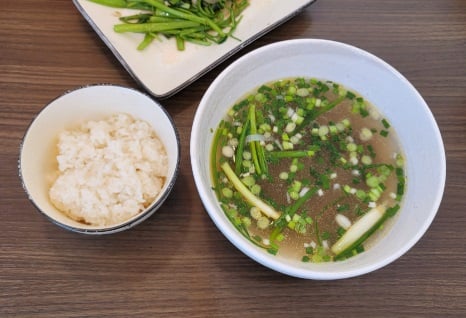

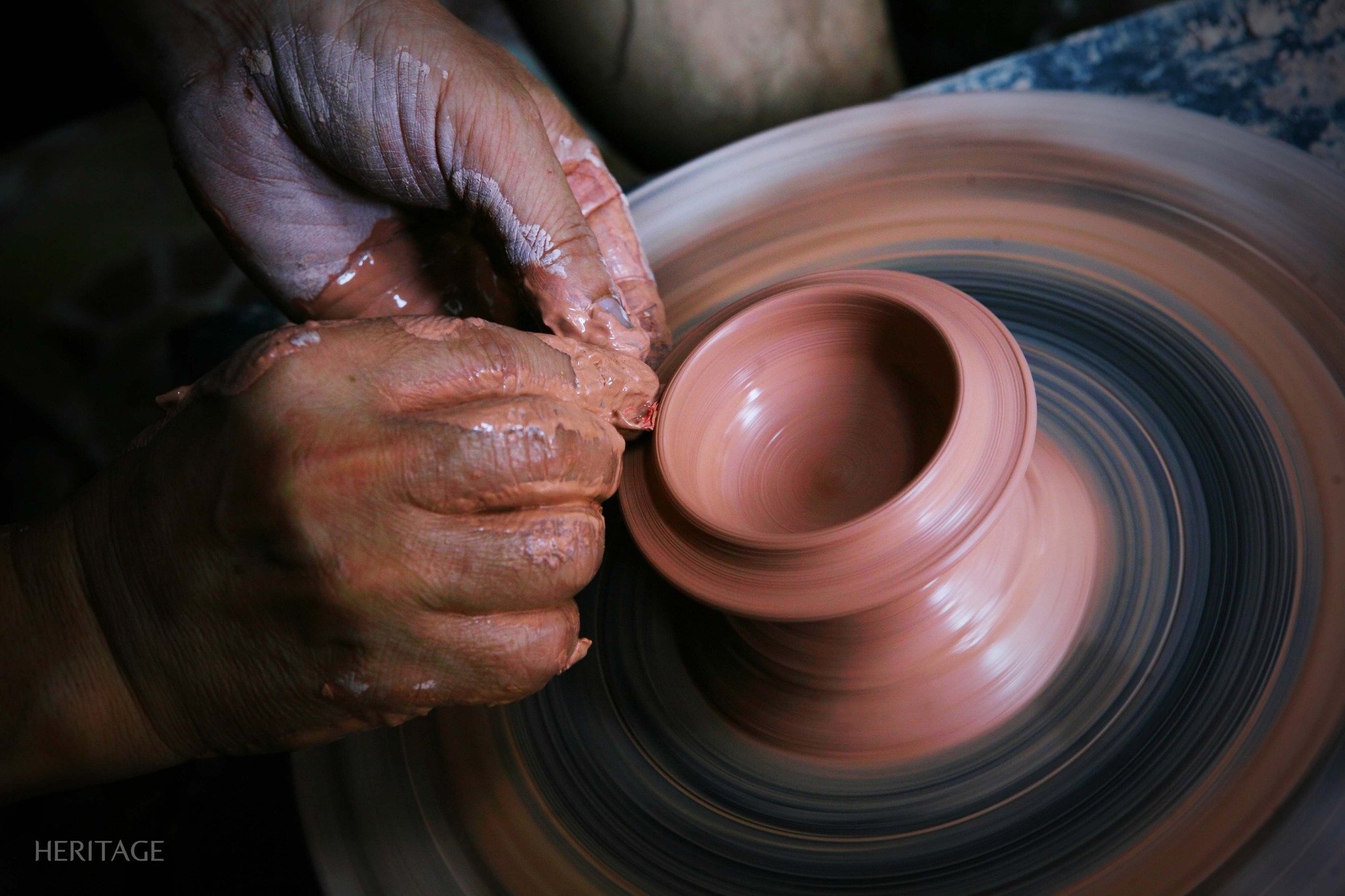





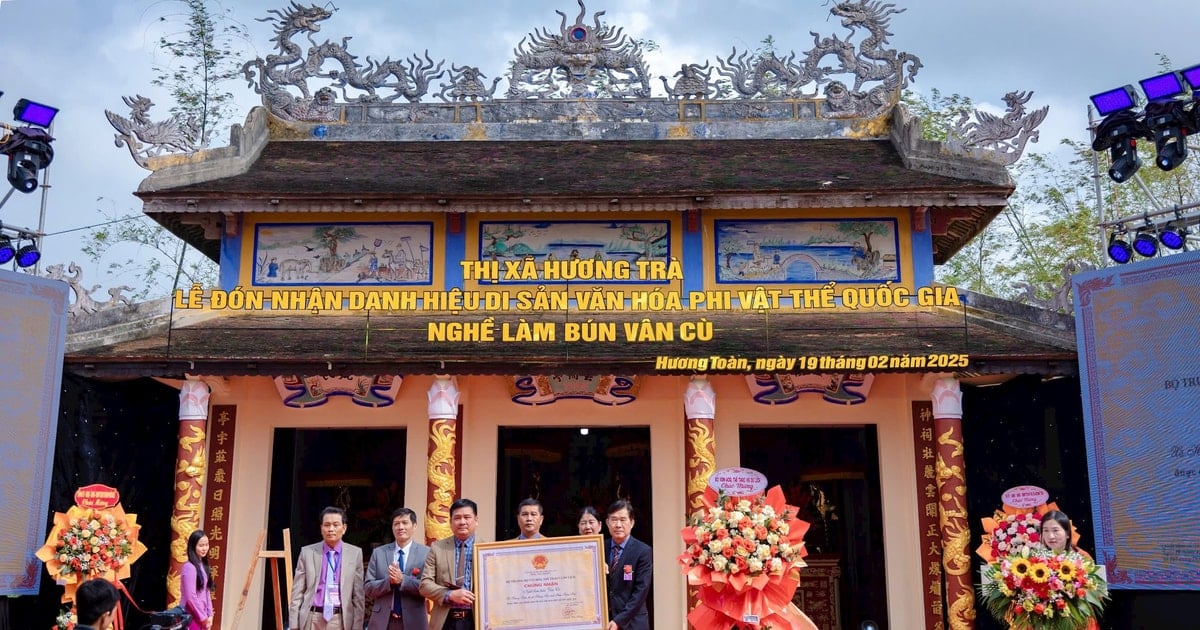







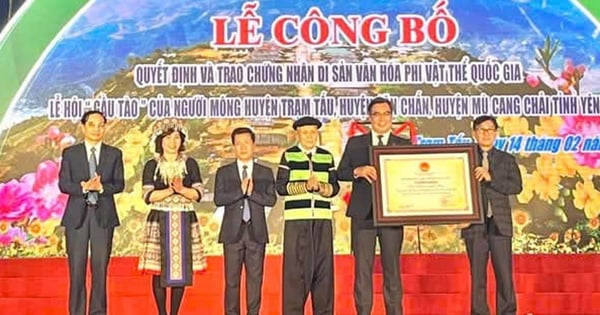

















![[Photo] Prime Minister Pham Minh Chinh chairs Government Conference with localities on economic growth](https://vstatic.vietnam.vn/vietnam/resource/IMAGE/2025/2/21/f34583484f2643a2a2b72168a0d64baa)


























































Comment (0)